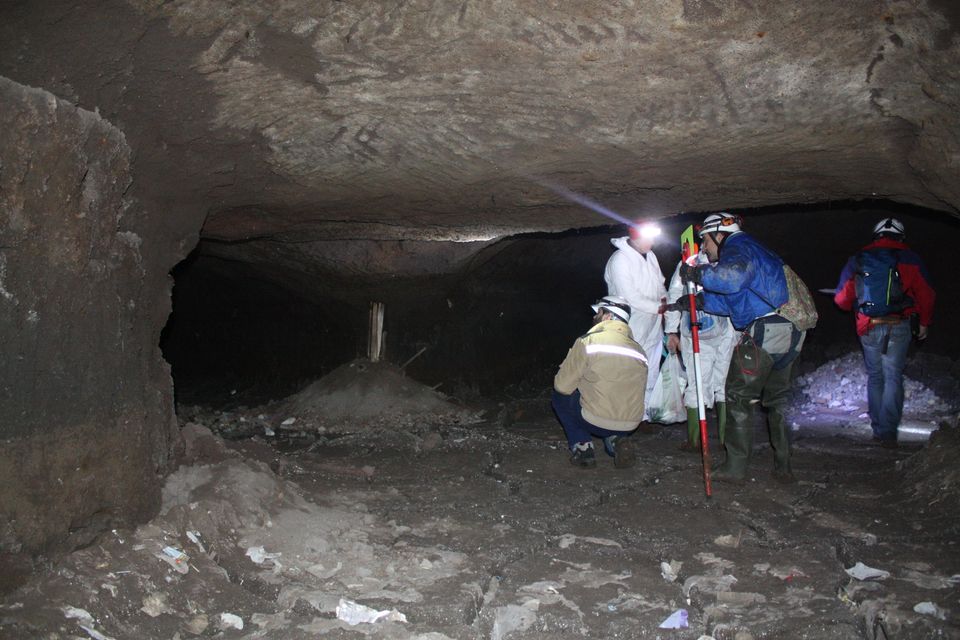
A massive project to explore and map a labyrinthine quarry system under Rome is under way, as worried Roman officials seek to stop the crumbling passages from collapsing and possibly swallowing up buildings.
While tourists and locals pass overhead, researchers from George Mason University and Italy's Center for Speleo-Archaeological Research (Sotterranei di Roma) are using laser 3D scanning techniques to pinpoint the tunnels at greatest risk of collapse, LiveScience reported.
"There might be cracks, so they will be showing as veins almost, or openings, so we map the openings and map any kind of detachment," Giuseppina Kysar Mattietti, a geoscientist at the university, told LiveScience. "In some spots, the ceiling of the tunnel sloughs off like cracking plaster. In others, there are total collapses — sometimes not reaching quite to street level, but leaving very little ground between the surface and the void."
Rome was built on volcanic deposits, and early Roman buildings were made mostly of the local rock, according to a 2006 study published in the American Journal of Archaeology. Volcanic ash was mixed with lime to create a form of concrete used in construction.
The quarries were excavated under the city in order to carve out these building materials as early as the eighth century B.C.E., according to research presented at a meeting of the Geological Society of America last October. Running for "tens of kilometers" with depths ranging from 23 to 65 feet below street level, much of this underground network has not been mapped -- something that worries Roman officials.
"As Rome grew, it developed into the areas above the quarries," the researchers noted in October. "Today, in many of these areas multi-story building foundations discharge their weight onto the quarries’ supporting pilons."
Last year there were 83 collapses, nearly double the number in 2011, according to LiveScience. Part of the problem is that while early quarry tunnels were narrow and thus relatively stable, over time they were widened. Centuries of weathering and erosion have also taken their toll.
And it's not only collapsing quarry tunnels that threaten to swallow up parts of the Eternal City. Last year, city officials and scientists launched a similar initiative to map the mile-long tunnel known as Rome's Great Sewer, the Telegraph reported. Dug in the fifth century B.C.E., this tunnel is now clogged with debris, raising fears that it, too, might collapse.
